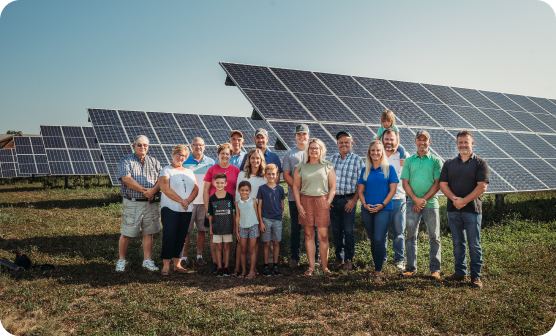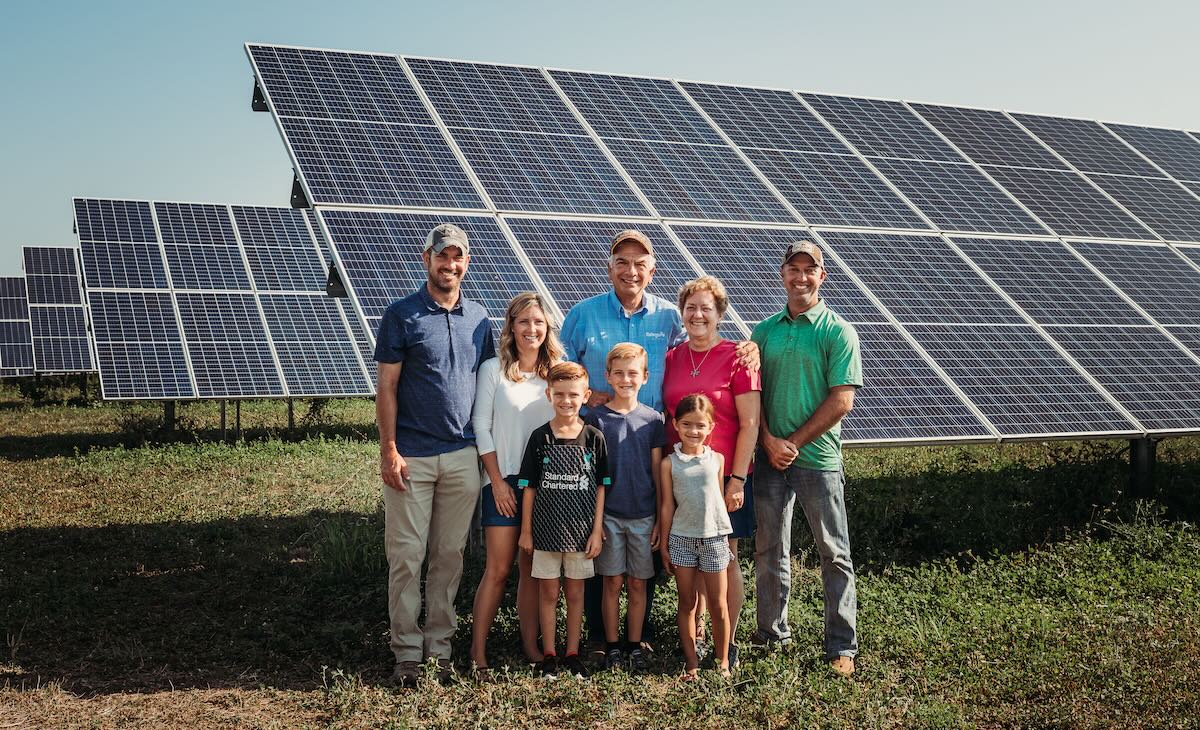Our Leases Protect and Preserve Land
We understand that property is personal. Your land is your legacy, your source of income, and a part of your family’s future. That’s why we ensure that our lease agreements are fair, transparent, and protect your rights.
By partnering with us, you can continue to benefit from your land while contributing to America’s energy future. Our approach prioritizes long-term stewardship, keeping your land in the family and preserving its value for generations to come.

How We Partner with Landowners
We go above and beyond to ensure a smooth process for our landowners and are dedicated to returning the land better than we found it.
We negotiate a land lease or purchase agreement that covers rights and responsibilities over the entire process.
Our in-house team manages the development process and keeps landowners in the loop.
We go to great lengths to ensure proper treatment of the land by preserving topsoil and creating vegetative barriers.
Once the project is generating electricity, the operational rent amount is paid in advance for the year ahead.
We remove and recycle equipment, returning the property in the same condition it was at the beginning of the lease.


Frequently Asked Questions
A solar farm is a large clean energy generation facility that transforms sunlight into electricity utilizing a vast array of photovoltaic (PV) solar panels, and contributing to a more sustainable energy future.
The cost of electricity from solar farms has dropped 90% in the past decade, making it the most cost-effective source of electricity. The reliability of these projects allows us to sign long-term PPA agreements that guarantee the project’s lifespan.
Yes, property taxes will increase on the land due to the value of the equipment that will be installed. Through the lease agreement, we are responsible for paying the increase in property taxes over the entire period that we are leasing your land.
That is no problem! On average, projects of this scale take about two to three years of development work prior to the start of construction. The first 18-24 months will largely consist of engineering, technical studies, state regulatory approvals, and local permitting approvals.
The first 18-24 months will largely consist of engineering, technical studies, state regulatory approvals, permits, and local permitting, and working alongside your local power company to obtain approvals
We typically avoid this scenario because we understand the hard work and financial investment that farmers have in time, materials, seeds, fertilizer, etc. However, if we need to start construction before you can harvest, in the lease agreement, we include a “Crop Loss” provision. This provision states that we will be responsible for compensating you or your tenant farmer at the fair market value of the existing crop. We frequently work with local agricultural extension offices and appraisers to ensure that the evaluation is independent and fair.
No, our solar farms do not sit on concrete slabs. Modern installations use an environmentally friendly process involving anchoring steel posts into the ground and then connecting steel beams to these posts. The solar panels are securely mounted on these beams. This method allows more than 95% of the land to retain its permeability, minimizing the environmental impact. Additionally, most access roads within the site are left unpaved, and concrete pads are typically reserved for transformers and smaller electrical equipment. This sustainable construction approach helps preserve the land and reduce the project’s ecological footprint.
Absolutely. The typical solar lifespan is about two to three decades. Giving the land a break from constant monocrop agriculture allows the soil to regenerate and be even more productive than it was before the panels were installed. We minimize the environmental impact by adopting holistic land management practices such as planting native grasses, using grazing livestock for vegetative management, and limiting the use of heavy machinery for maintenance. This sustainable land management strategy helps to foster a healthier and more resilient ecosystem.
We will be responsible for this. Under the lease agreement, there is a “Restoration Period” which obligates the tenant to remove all of the equipment. Over 90% of the weight of a project is in steel, aluminum, copper and glass which all have salvage values.
Yes, and yes. We will obtain and keep in effect at all times during the term of the agreement comprehensive general liability insurance of not less than $1,000,000. In the lease agreement, the landowner has the option to be added as an additionally insured party.
Solar panels themselves operate silently. However, if they are mounted on a dual axis or tracking system, there may be some minimal noise associated with the racks making slight adjustments as they track the sun’s movement to optimize sun exposure throughout the day and seasons. The panels move only a few inches at a time, with each adjustment taking just a few seconds. Additionally, electrical inverters and transformers, strategically positioned at the center of the site, emit a low hum similar to that of an air conditioner during daylight hours. Rest assured, we take measures to ensure that this hum and the noise from the racks remain imperceptible to nearby residents and businesses, prioritizing a quiet and unobtrusive operation.
No. There will be no hazardous materials used in the construction or operation of the project, beyond the fuel required for construction equipment.
Because the solar panels track the sun throughout the day, they range in height between 7-13′ at the highest point.
There is substantial research indicating that there is no negative impact on the environment or adjacent property values. The reason is largely because the solar farm business does not create any negative traffic, sound, odor, or pollution impacts. In addition, we have the ability to engage landscape architects to strategically design and install vegetative buffers that help conceal the solar farm.
Get In Touch.
Connect with our team to get started.

